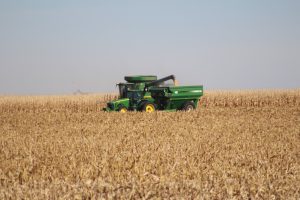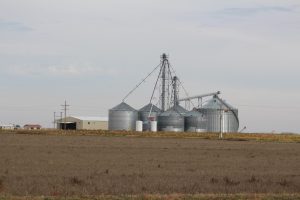What wheat variety is best in Kansas?

By Maddy Rohr, K-State Research and Extension news service
Kansas State University has released a pair of publications that will help farmers with wheat variety selection, says Kansas State University wheat production specialist Romulo Lollato.
“There are many things to talk about when it comes to wheat variety selection and that will first depend on the location of the growers’ fields,” Lollato said. “Also, what’s the cropping system, such as directly planting wheat on wheat, or wheat or soybeans. Or out in the west, they’re (planting) after a fallow period or after corn.”
Lollato also suggests considering wheat varieties based on seasonal management decisions, such as the grower’s willingness to apply a foliar fungicide if needed, or the major weather or disease historical constraints in that particular farm.
“We have a few different publications that can help growers make that selection, with the most recent one focused on dual purpose wheat variety performance,” Lollato said.
Dual purpose is a wheat crop planted for not only grain production but also for cattle grazing. Lollato said it is planted earlier than a normal wheat crop and at a higher seeding rate.
“When considering dual-purpose varieties, we’re looking at the forage production potential, the date of first hollow stem (how long can cattle graze in the spring), and the recovery potential from grazing stress,” Lollato said. “There are other things that these growers may also consider such as resistance from diseases, high temperature germination sensitivity and acidic soils.”
The K-State publication, Dual Purpose with Variety Performance Planning 23, measures those important traits for forage yield data.
“Weather is the major driver of forage yield and there were some varieties that differed in terms of their fall forage,” Lollato said.” And those varieties are outlined in-depth in the publication.”
The second publication looks at coleoptile length of winter wheat varieties.
“Coleoptile is the first protective structure that comes out of the seed,” Lollato said. “Every single variety that came through the variety trials was measured for coleoptile length in the laboratory.”
It is important that the coleoptile is long enough to reach the surface. Lollato said after measuring all varieties, they were ranked from the shortest to the longest.
“If you’re considering different varieties and are in doubt which one to choose, make sure that you are not going to plant deeper than you should for a given variety,” Lollato said.
More information is also available from local extension offices in Kansas.









